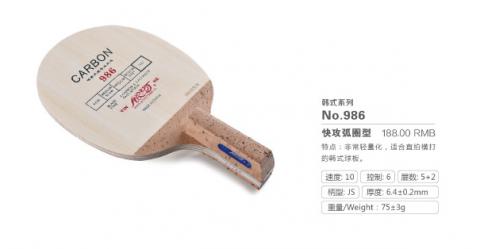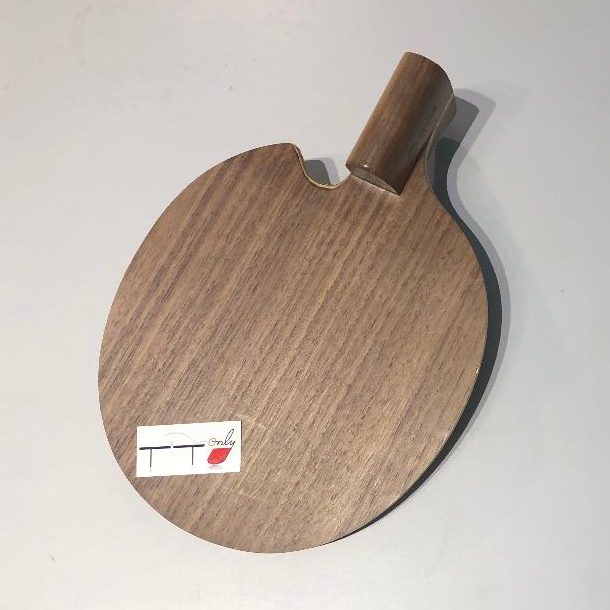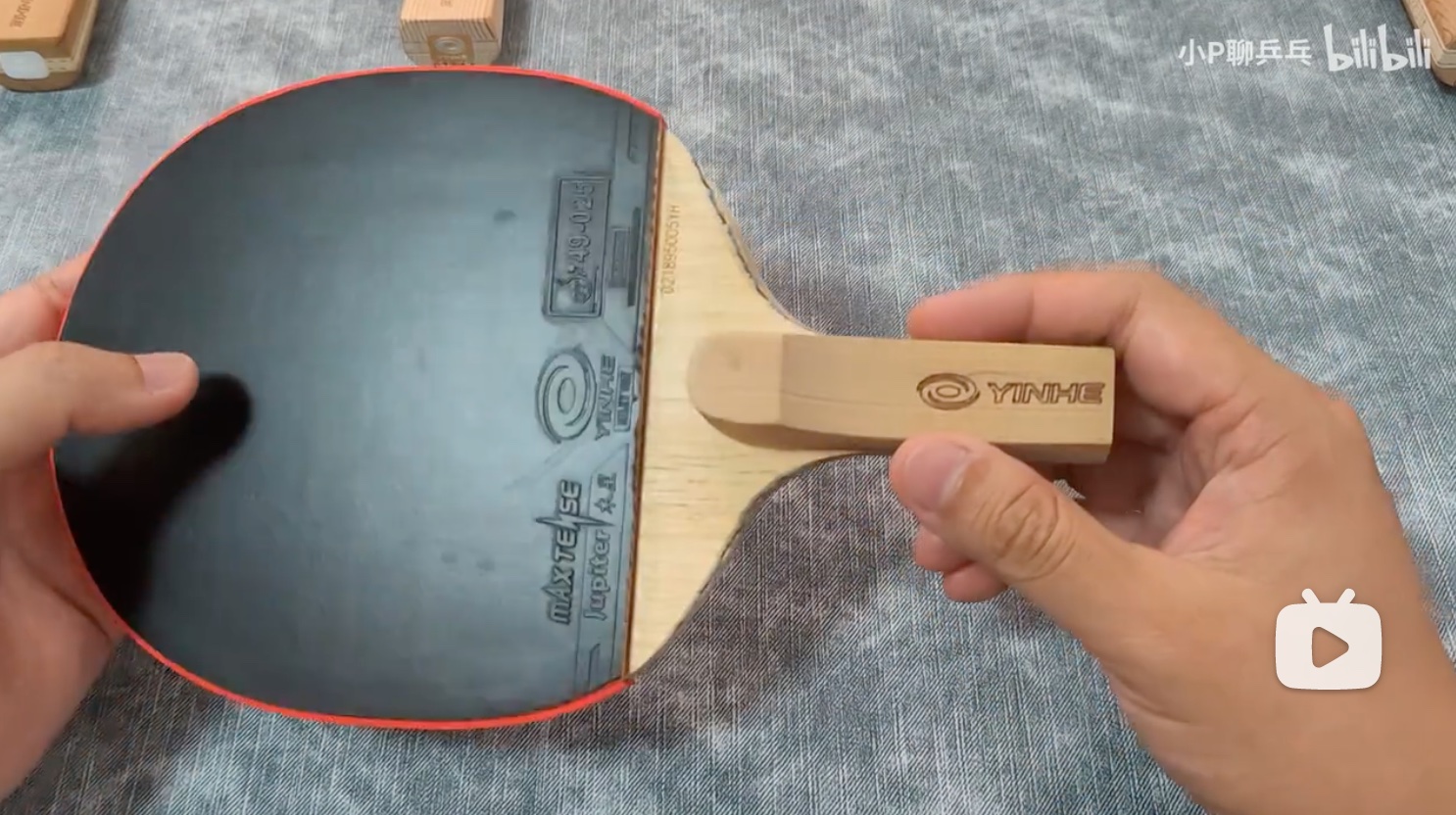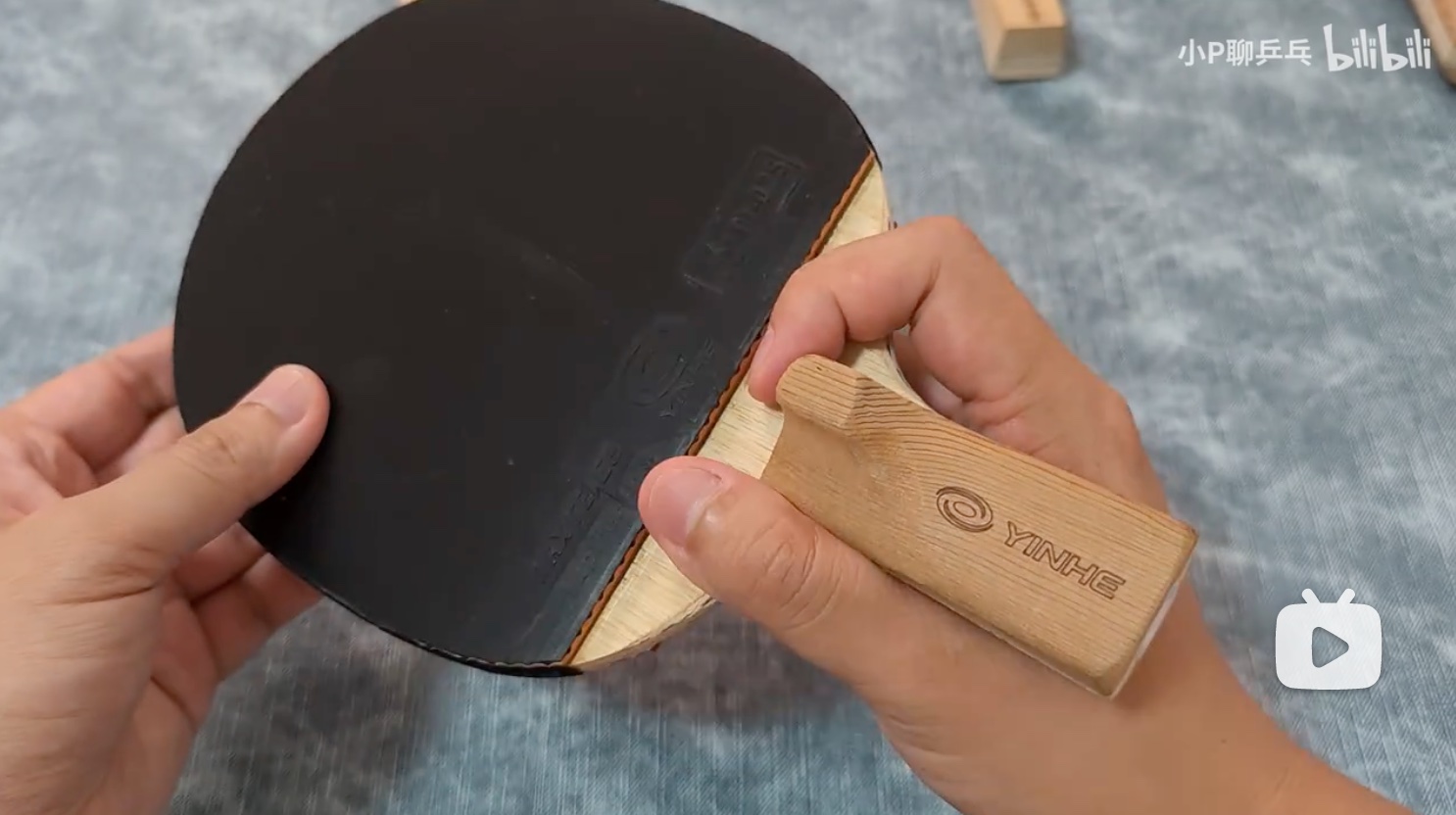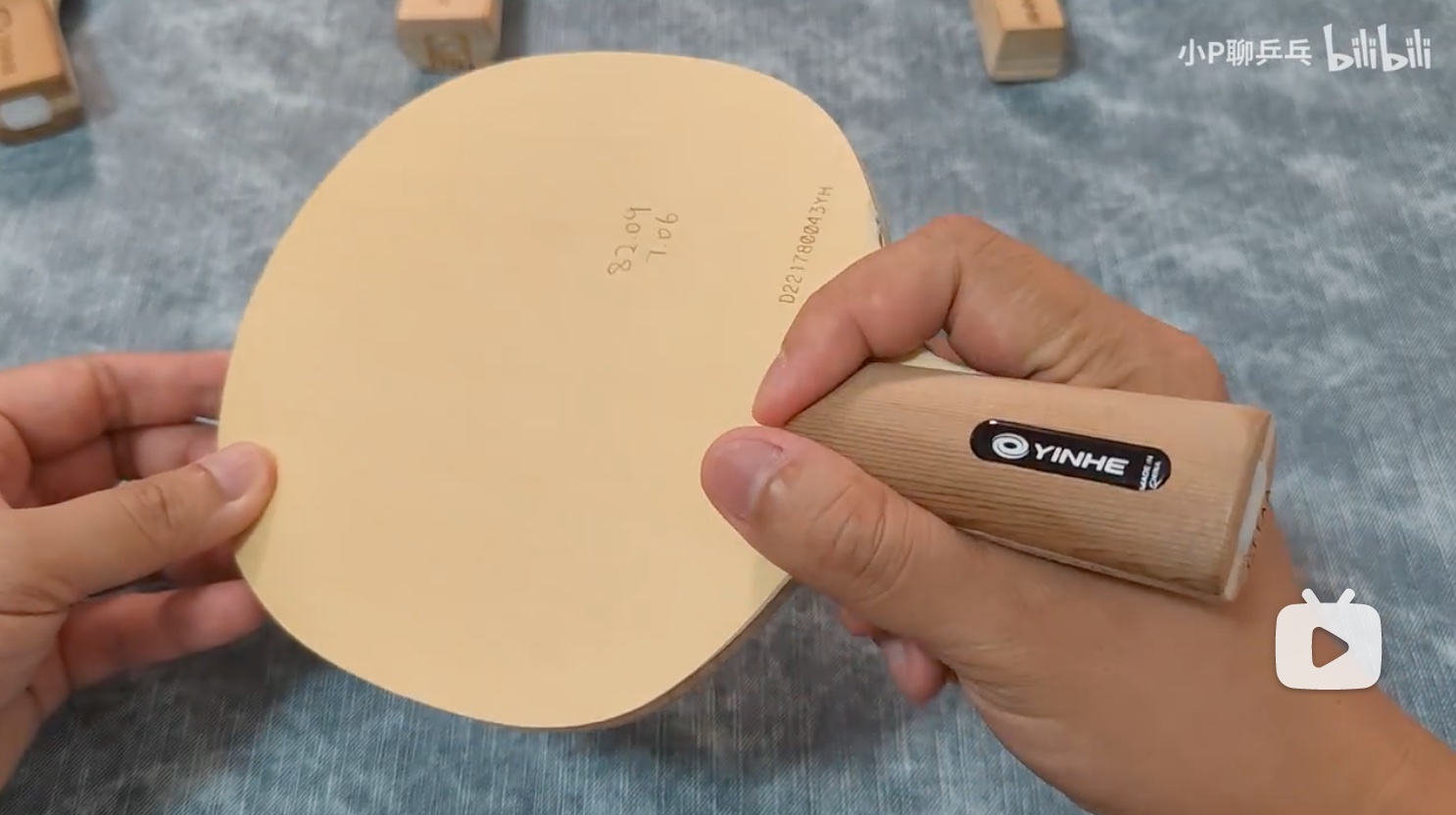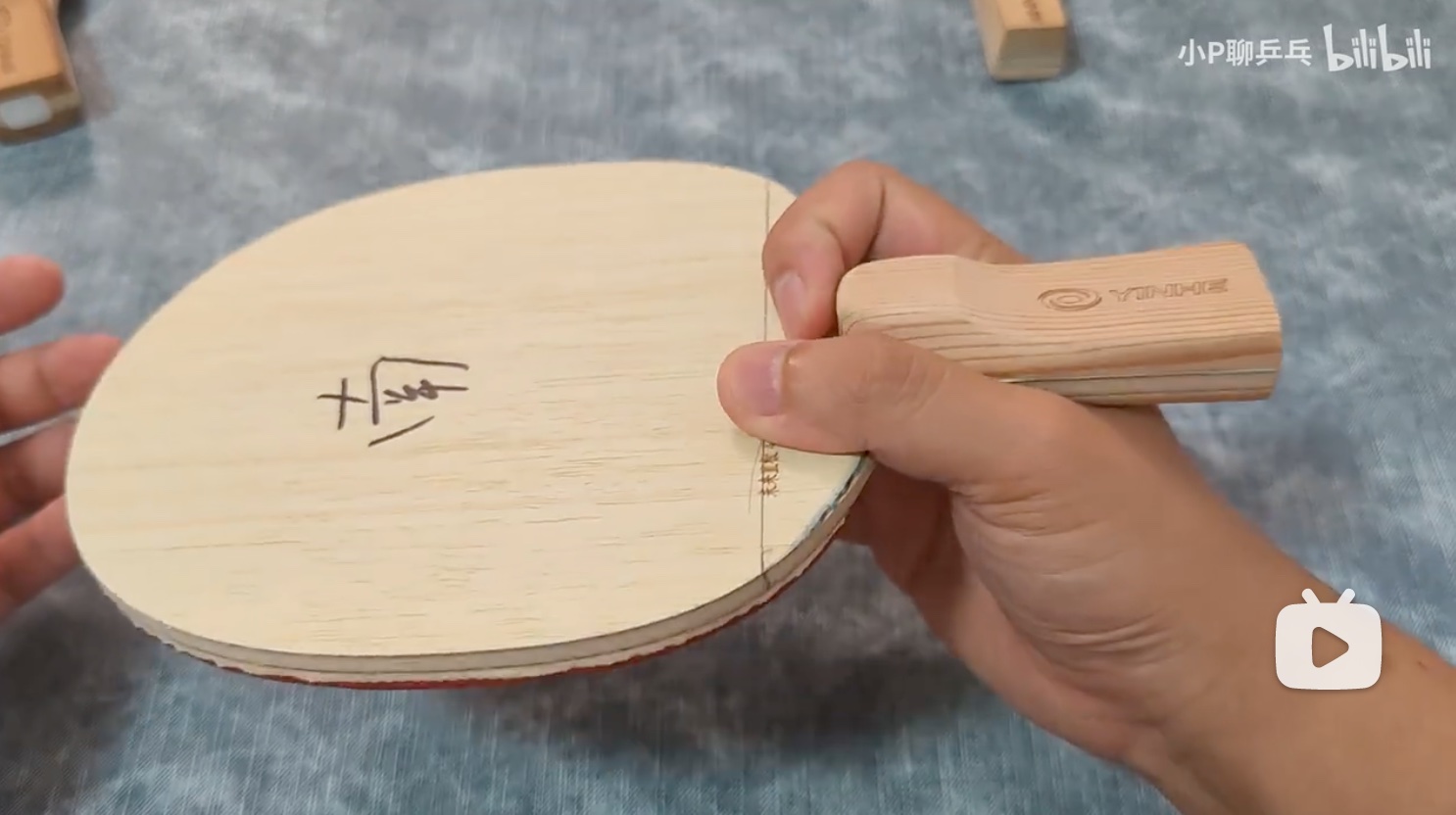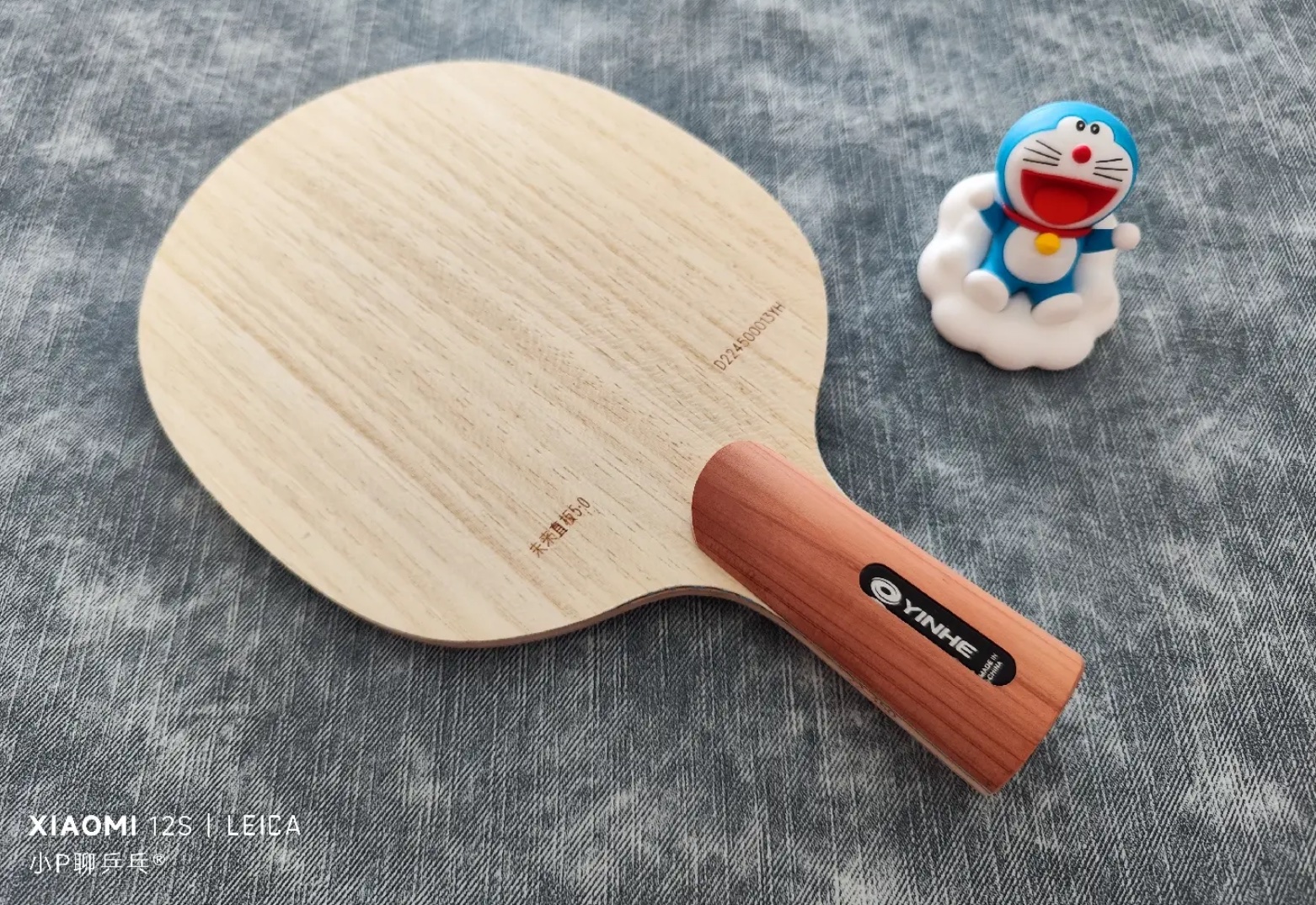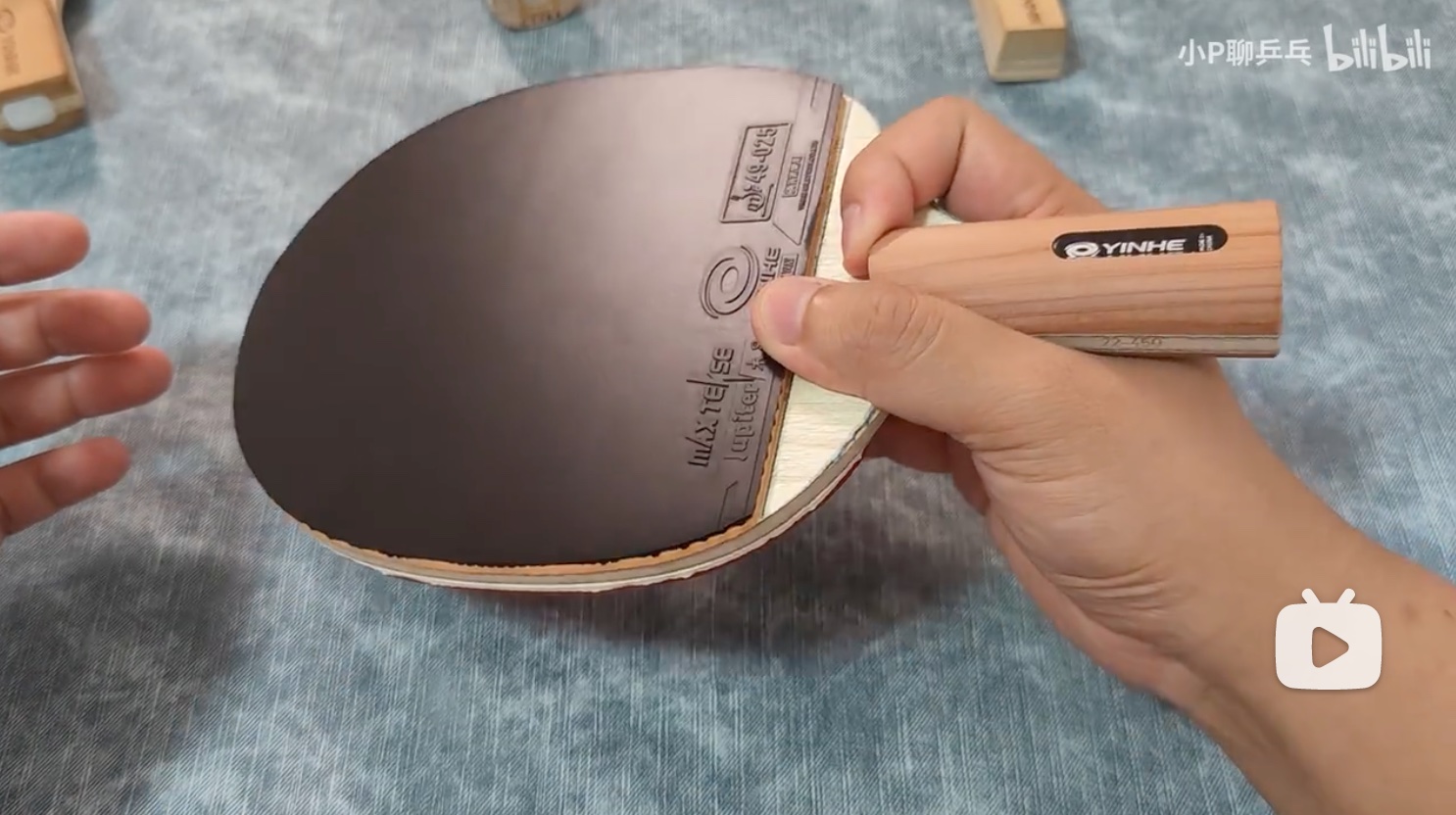1. sweet spot size is different, who would want to use RPB on a blade not designed for RPB in terms of sweet spot?
2. Jpen sweet spot is more suited for block/punch, for
2a. RPB, it is not powerful enough.
3. And Jpen in terms of weight design, is not designed to suite 2 rubbers.
Cpen is designed with a more even weight distribution.
4. These are common knowledge for Jpen/Cpen players for over 2 decades now.
It is like you asking, why Ma Long is not taking an oversized (def) blade to start two wing top spin. The simple answer is, equipment are designed for certain styles.
I respect you a lot Tony, but I have to respectfully disagree with your opinion.
1. I don't think the sweetspot would matter that much. Dang Qiu earlier in his career played with jpen + rpb. I think sweetspot is just a matter of getting used to to be honest.
2. I don't see how Jpen is more punch and block as opposed to rpb, because traditional cpen was also a thing. So technically, rpb punch and block should also be applicable (case in point ma lin's rpb punch)
2a. I think the correct type of power can be generated via the user and not so much the eq.
3. I think again, it's about the same concept. If you are used to doublesided Jpen by all means, there is no problem. Cpen in terms of weight distribution is actually worse in weight distribution because since the head is bigger, the result is more rubber and more weight. Also if players gap only one side, it is lighter on the forehand side. One sided Jpen would actually be the most balanced option, it's less head heavy.
4. I think this a part of the reason as to why jpen is on the decline. To me, a lot of these common knowledge/ rules didn't make sense to me. Why is it that you can't put a backside rubber on a jpen but you can on a cpen? Jpen can maybe do tpb a little bit better, but that doesn't mean it's impossible to play rpb on it.
The fact of the matter is, if you can play rpb with cpen, you can do it on jpen. The only reason as to why that might not happen is if you have a weird grip/change your grip, however like I say a lot, the best grip should allow you to do all techniques. At the end of the day they are both penhold blades- the abilities that are associated with these blades are because of the players that used them.
The only downside of a jpen rpb is that the head is smaller giving it more margin of error, however if you get used to it, is it even going to be a problem?
For example: "Jpen players have naturally powerful forehands because of their grip."- does that diminish every other player that has a powerful forehand? in that case, why doesn't ma long use Jpen since it has such a boost in forehand technique.
"Jpen can block better tpb better"... maybe marginally, but what about Ma Lin or HZW or any other TPB player.
It all comes from tradition. The jpen tradition is to have fast and perfect footwork with a lightning quick forehand and an excellent punch block. To keep this idea that it's mostly forehand with a tpb block somewhere in the mix is a very difficult system to play with. It's very demanding, and the current meta right now is to have an equally good forehand and backhand. (not to mention that 1 ply hinokis are still the gold standard jpen blade, and not something with a more conventional and modern structure speaks volume about it)
If Jpen players were to forget what the stereotypical jpen player is, perhaps we'd see more RPB jpen players.





